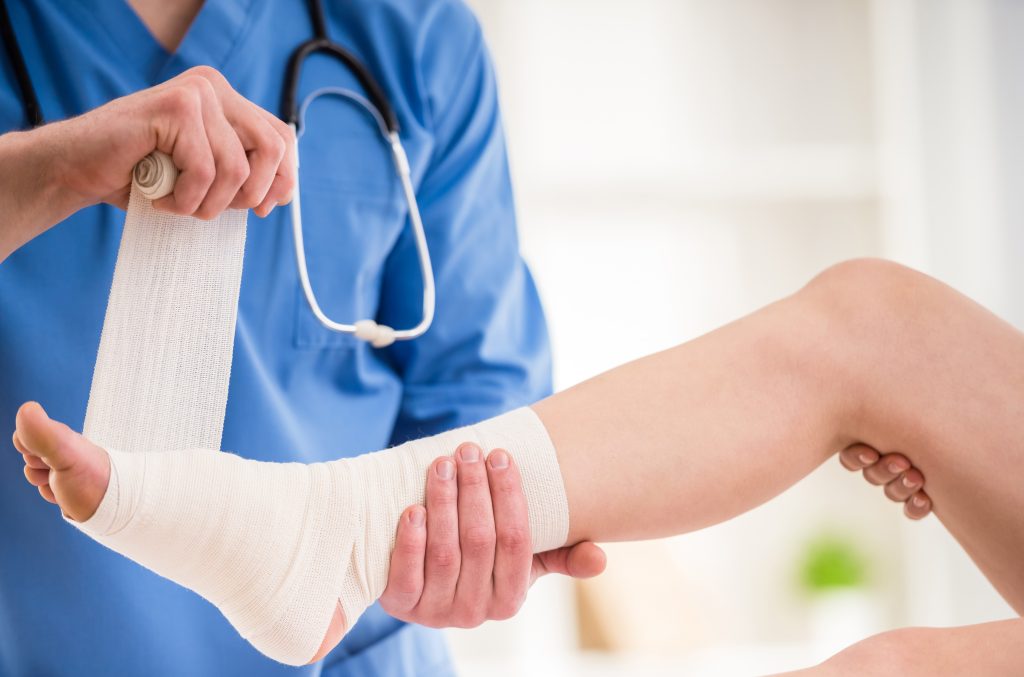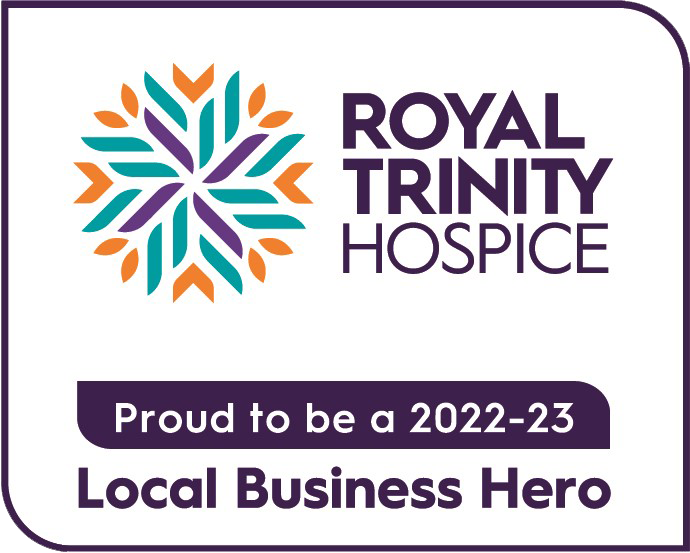
If A&E’s the answer, what’s the question?
I have recently descended into the gritty reality of the UK health sector from the utopian heights of a frivolous arts degree. It was almost by providence that, barely three weeks into my internship, a sprained ankle thrust me foot-first into what I now refer to as “the front line” and “the patient experience”.
All that was required was an X-Ray. I hope my new employers are taking note of my unmatched commitment to professional development…
Although I have tasked myself with getting to grips with the health and care-related issues of the day, I don’t need to be a health comms intern to be only too aware of the current state of A&E. Watching the news (another thing my employers should note), we’re bombarded with horror stories of people dying in ambulance queues, astronomically long waiting times, and hospital staff being subjected to some pretty horrific abuse.
It was with some surprise, then, that my fairly nasty but ultimately fine ankle sprain prompted NHS 111 to immediately suggest I get myself down to A&E. You know. It’s the place where ambulances are queuing up.
I realised then that it was true that there are very few other options for getting a quick X-Ray. This is absurd, when so many X-Rays are not conducted in a life-threatening situation.
The lovely lady on the end of the phone understood my hesitancy about hobbling down to Kingston Hospital A&E department. She agreed to refer me to a 111 consultant, who would call me at some point that day.
If I’d known at that time that ‘some point that day’ actually meant calling my family home’s landline at 01:45 in the morning, and royally p****ing off my parents, I’d have probably told her not to bother.
Limping on
The following week, ankle still giving me grief, I reluctantly called 111 again. This time, I was passed from nurse to doctor to doctor over the course of almost an entire day. Their consensus? Yup. Get yerself to A&E.
But wait. The final doctor I spoke to, noting my exasperation, looked up services in my area and found a Minor Injuries Unit that wasn’t attached to an A&E.
Off I limped, fully expecting a long night of wasting away in a chaotic waiting room. I was actually in and out within an hour: triaged, X-rayed and discharged, complete with a confirmation of no broken bones. An excellent service, and one that was far more appropriate for my needs, but which was only offered as an option after a good few days of pushing.
And that’s the point. I was able to be stubborn, to push, cajole, express exasperation. I had the means to get to the MIU. Plenty of people can’t for one reason or another. And why isn’t the system joined up and properly signposted?
I’m learning that this healthcare business is quite complicated when you get into it. But I can’t help feeling that it should be possible to get some of the simpler things right. It’s in everyone’s interest to make sure people know that A&E isn’t always the only option – not least my own sanity, which, along with an intact ankle bone, I am very thankful to have retained.
Hannah Marsters has recently joined Salix & Co as PR and communications intern. Her ankle is on the mend…
Follow Salix & Co on Twitter @salix_says and more daily health and social care news and comment at Salix Bureau

